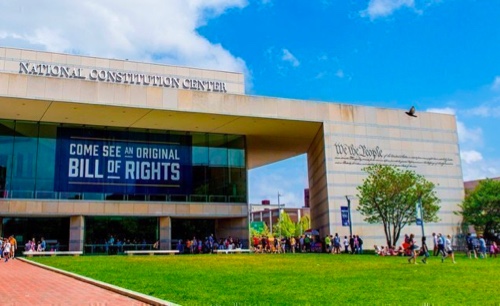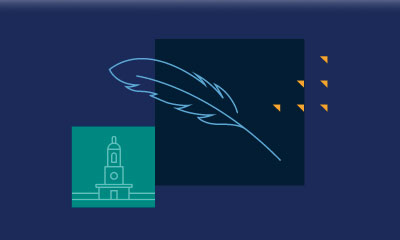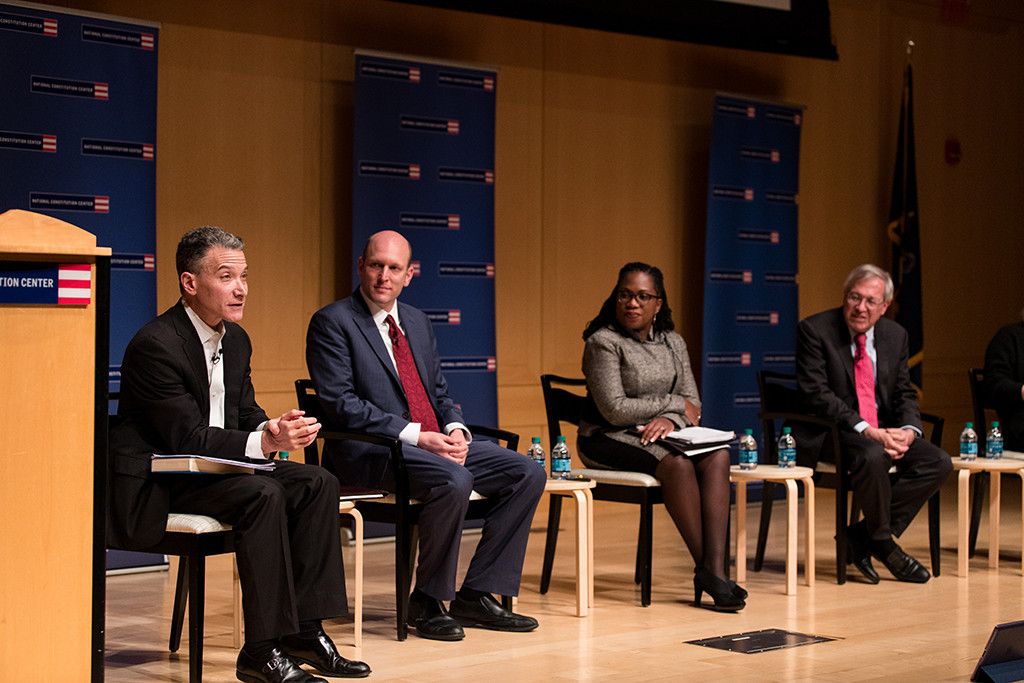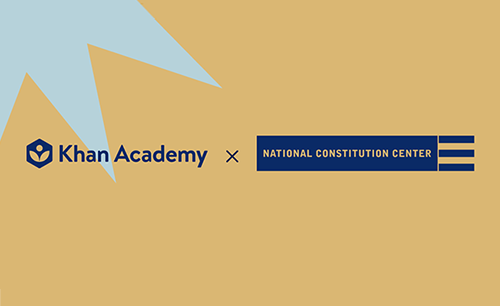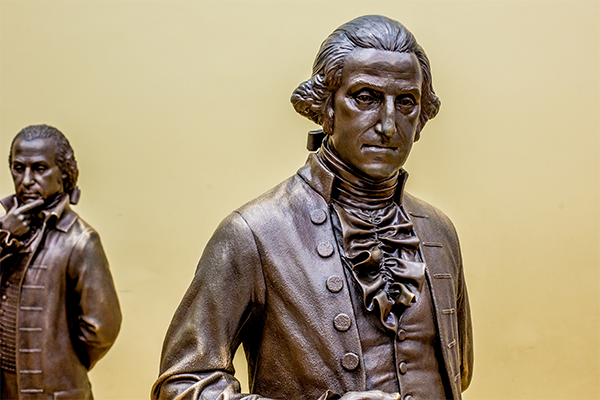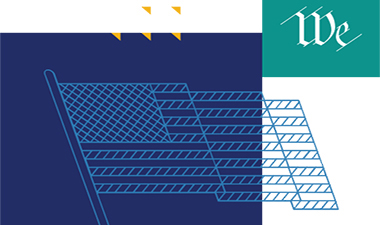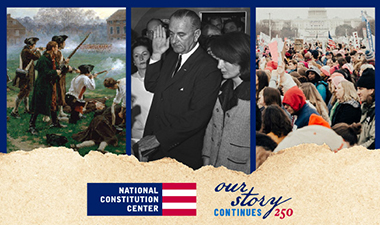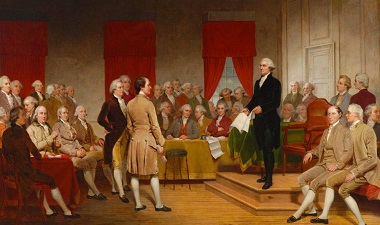In a potentially landmark decision, a unanimous federal appeals court has ruled that a machine can’t be listed as the author of the work submitted by the work’s human owner to the U.S. Copyright Office for protection.
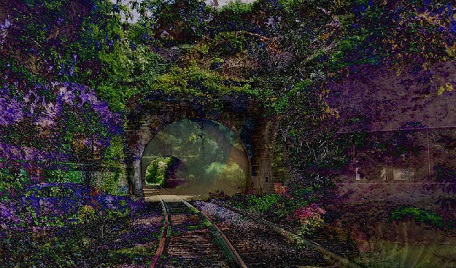 On March 18, 2025, a three-judge panel for the U.S. Court of Appeals for the District of Columbia determined in Thaler v. Perlmutter the Copyright Office correctly denied Dr. Stephen Thaler’s copyright claim for an AI-created picture titled “A Recent Entrance to Paradise.”
On March 18, 2025, a three-judge panel for the U.S. Court of Appeals for the District of Columbia determined in Thaler v. Perlmutter the Copyright Office correctly denied Dr. Stephen Thaler’s copyright claim for an AI-created picture titled “A Recent Entrance to Paradise.”
Thaler, a computer scientist, created a generative artificial intelligence named the “Creativity Machine,” which then created the picture on its own. On a copyright registration application, Thaler listed the Creativity Machine as the work’s sole author, and Thaler as the work’s owner. The Copyright Office then denied Thaler’s application based on a long-held policy that requires authored works to be created initially by a human being to be eligible for copyright. Thaler appealed to a federal court, which affirmed the Copyright Office’s ruling.
“The Creativity Machine cannot be the recognized author of a copyrighted work because the Copyright Act of 1976 requires all eligible work to be authored in the first instance by a human being,” said Circuit Judge Patricia A. Millett. In her decision, Millett ruled only on Thaler’s application as not conforming to the law, and not on broader constitutional issues raised the Copyright Office and Thaler in court briefs.
The Constitution and Copyrights
Congress created the U.S. Copyright Office as part of its power to regulate copyrights under Article I, Section 8 of the Constitution, which enables Congress under the Copyright Clause to “promote the Progress of Science and useful Arts, by securing for limited Times to Authors and Inventors the exclusive Right to their respective Writings and Discoveries.”
When the Copyright Office rejected Thaler’s application, it cited as precedent a Supreme Court ruling in Burrow-Giles Lithographic Co. v. Sarony (1884). In the Sarony decision, Justice Samuel F. Miller ruled that Burrow-Giles Lithographic violated the copyright owned by Sarony for a posed picture taken of the playwright Oscar Wilde. Burrow-Giles argued unsuccessfully that photographs were not copyrightable because they lacked human authorship, and they were the product of a machine; but the Court held the “photograph to be an original work of art, the product of plaintiff's intellectual invention.”
In its Compendium of Copyright Office Practices, the Copyright Office cites the Sarony decision and another case, In re Trade-Mark Cases, from 1879, as limiting copyright authorship to human beings. The Copyright Office uses the Compendium to state its policies.
“The Compendium reflects the agency’s longstanding view that copyright requires human authorship. It states that the Copyright Office ‘will refuse to register a claim if it determines that a human being did not create the work,’” the Copyright Office argued in its district court brief. “This follows from the Supreme Court’s holdings that copyright protects only ‘the fruits of intellectual labor’ that “are founded in the creative powers of the mind” and is limited to ‘original intellectual conceptions of the author.’”
In January 2025, the Copyright Office issued a special report, Copyright and Artificial Intelligence, that reviewed the legal history of similar questions. “No court has recognized copyright in material created by non-humans, and those that have spoken on this issue have rejected the possibility,” the report concluded. It also cited a recent precedent in Naruto v. Slater, a Ninth Circuit appeals court decision from 2018. In the Naruto decision, the appeals court determined that Naruto, a Crested Macaque monkey represented by People for the Ethical Treatment of Animals (PETA), could not claim copyright infringement of selfie photographs he took using a camera that were later published in a book. The judges held that Naruto lacked statutory standing under the Copyright Act because “the Copyright Act does not expressly authorize animals to file copyright infringement suits.”
The Appeals Court’s Decision
In her decision in Thaler, Willett pointed to the first instances of when potential claims of a “computer as author” were communicated to Congress. In 1966, the Copyright Office’s annual report to Congress noted that as “computer technology develops and becomes more sophisticated, difficult questions of authorship are emerging. . . . The crucial question appears to be whether the ‘work’ is basically one of human authorship, with the computer merely being an assisting instrument.”
A decade later, Congress passed the Copyright Act of 1976. Three years earlier, the office’s Compendium was updated to state that works submitted for copyright must “owe their origin to a human agent” to be eligible for protection.
Willett also discounted several arguments made by Thaler, including a claim he owned the copyright for the picture under the work-made-for-hire provision in the Copyright Act, which allows corporations that hire content creators to be “considered the author” under the Act. Willett said the word “considered” was critical in understanding the definition in the act. “It allows the copyright and authorship protections attaching to a work originally created by a human author to transfer instantaneously, as a matter of law, to the person who hired the creator,” Willett explained. “Congress, in other words, was careful to avoid using the word ‘author’ by itself to cover non-human entities.” She added: “For if Congress had intended otherwise, the work-made-for-hire provision would say straightforwardly that those who hire creators ‘are the author for purposes of this title,’ not that they are ‘considered the author for purposes of this title.’”
Willett also discounted Thaler’s argument that the Copyright Office’s human-authorship rule prevents copyright law from protecting any works made with artificial intelligence. “The human authorship requirement does not prohibit copyrighting work that was made by or with the assistance of artificial intelligence,” Willett wrote. “The rule requires only that the author of that work be a human being—the person who created, operated, or used artificial intelligence—and not the machine itself.”
Thaler’s claim that the Creativity Machine was the sole author of the work proved that “it is undeniably a machine, not a human being,” on the copyright application, Willett concluded.
In addition to the Thaler case, a second case with similar circumstances is being considered in a federal court in Colorado. In Allen v. Perlmutter, a content creator was denied a copyright for AI-generated art. The artist, Jason Allen, claims he was more involved with the process of using AI as a tool because he used “extremely detailed descriptions and went through several iterations before he considered the work finished.”
Allen believed the Thaler case does not apply to his claim. “The absence of substantial human involvement justified the denial of copyright protection in Thaler,” he argued in a filing last September. In his case, Allen argued that “significant creative control and artistic input throughout the iterative process clearly distinguish his request for copyright protection from those situations where copyright registration should rightly be denied.” As of late March 2025, the case remains in the U.S. District Court for the District of Colorado.
Scott Bomboy is the editor in chief of the National Constitution Center.
